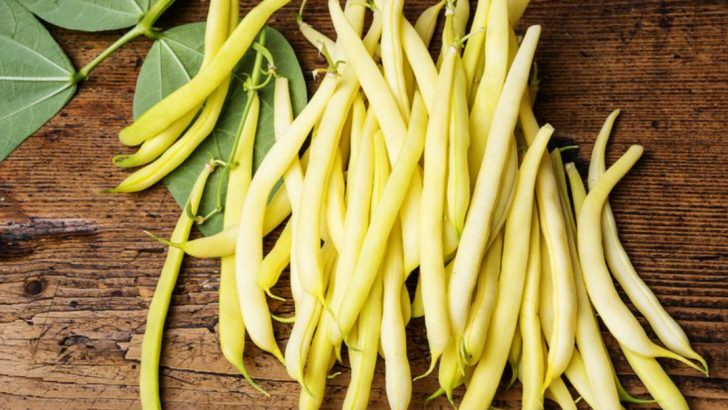Once upon a time, American gardens were filled with colors, shapes, and flavors you rarely see anymore. Before big farms started growing the same vegetables over and over, home gardeners raised strange melons, spotted beans, and spicy peppers that carried history in their seeds.
These vegetables weren’t just food—they were family favorites, regional traditions, and survival crops. But as farming changed, many slipped quietly out of kitchens and into seed-bank memory. The 18 vegetables below once thrived in fields and gardens across the country.
Most are nearly impossible to find today—but if you’re lucky, they might just turn up in a local heirloom garden or a farmer’s back row.
1. Ice Cream Bean
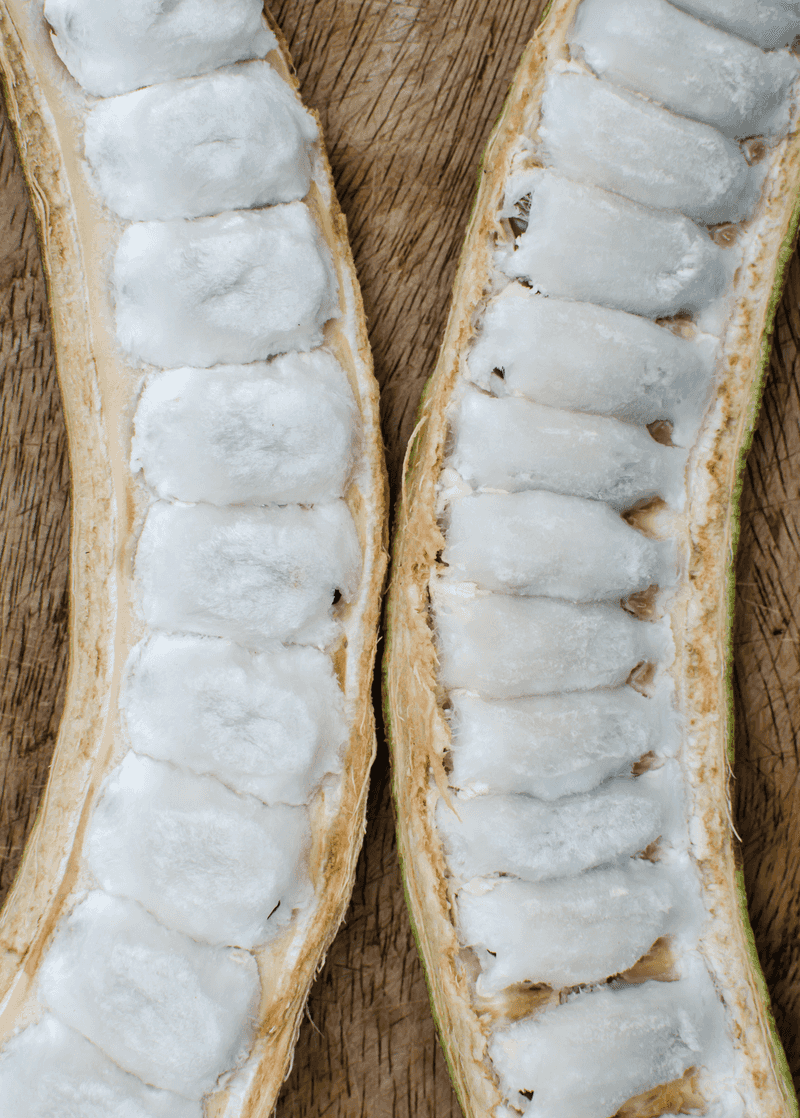
This tropical legume earned its name with sweet, fluffy pulp that tastes like vanilla cotton candy. Long, green pods hide the treasure inside, and they were once popular in southern gardens and backyard experiments.
Though native to South America, they found a small fanbase in warm U.S. climates. Over time, they faded out, too weird and whimsical for big agriculture.
2. Fish Pepper

This pepper once spiced the kitchens of Black chefs in 19th-century Baltimore and Philadelphia. It’s striped when young, blazing hot when ripe, and packed with culinary history.
Used in seafood sauces and often passed down through oral tradition, the fish pepper nearly vanished during the 20th century. Heirloom growers have only recently helped it resurface.
3. White Beauty Tomato
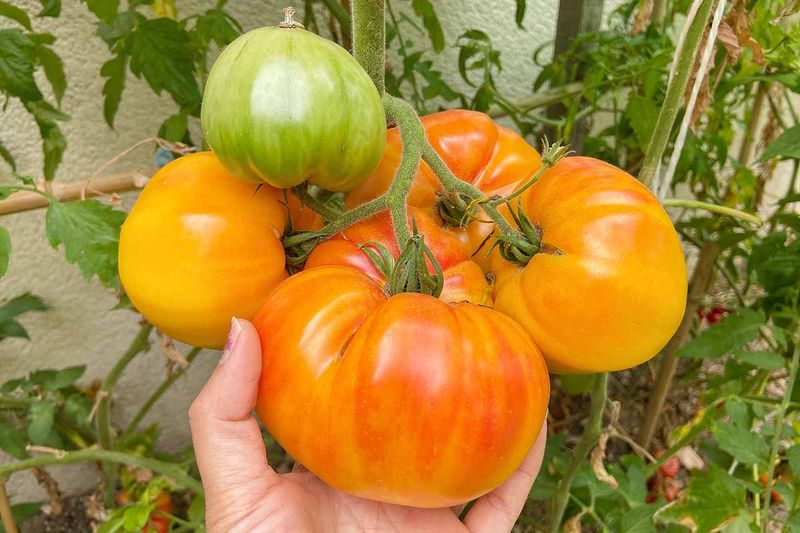
Pale and ghostly, this tomato defied expectations with its creamy skin and low-acid sweetness. It was a curiosity in Victorian gardens and often grown for its soft, delicate flavor.
Today, you’ll rarely find it at markets, replaced by bolder, redder varieties that ship better and look more familiar. But this tomato had quiet charm.
4. Cherokee Yellow Wax Bean

Golden and tender, this bean was favored for its buttery flavor and fast growth. It showed up in Native American gardens and continued into pioneer cooking pots.
Like many wax beans, it fell out of favor when crisp green beans became the grocery store standard. Now it’s a hidden gem in heirloom seed catalogs.
5. James’ Collard
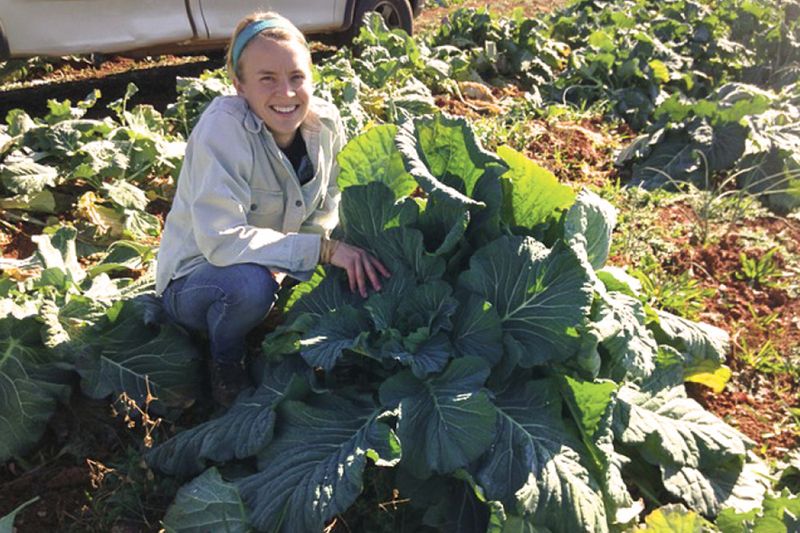
This Georgia-grown variety had broad leaves, a peppery bite, and was named after the family who saved it for generations. It wasn’t just a plant—it was a legacy.
Unlike the milder collards found in stores, this one had deep southern roots and a bold flavor. It disappeared as hybrid collards took over.
6. Strawberry Corn
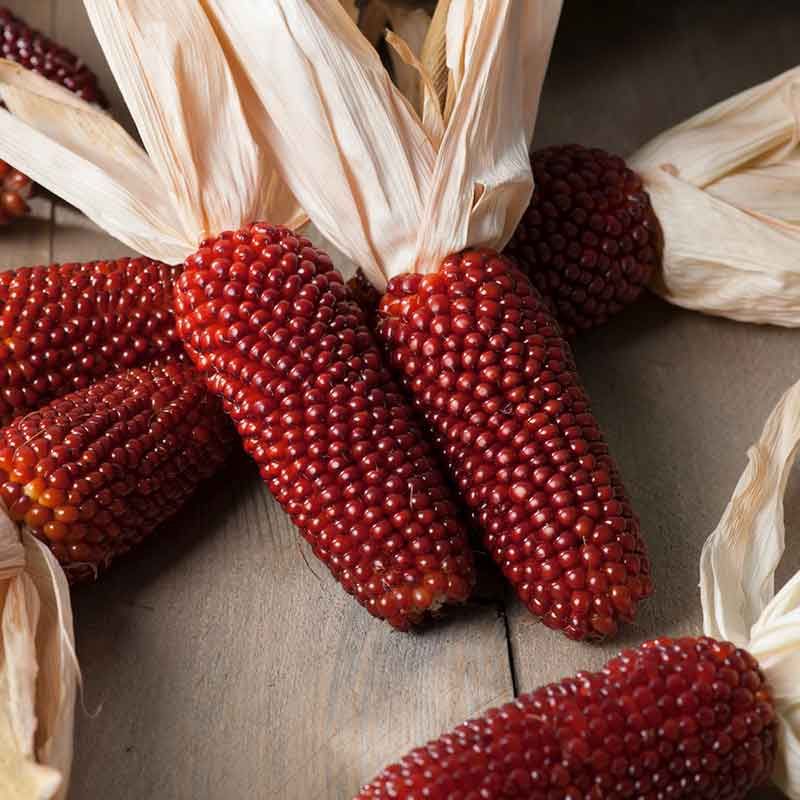
Small, bright red ears looked more like berries than corn, and they popped into a slightly sweet, nutty snack. Kids loved growing them, and parents loved decorating with them.
It wasn’t practical for large-scale farming, so it was left behind in the push for super-sweet yellow hybrids. Now it’s mostly ornamental—if you can find it.
7. Hinkelhatz Pepper
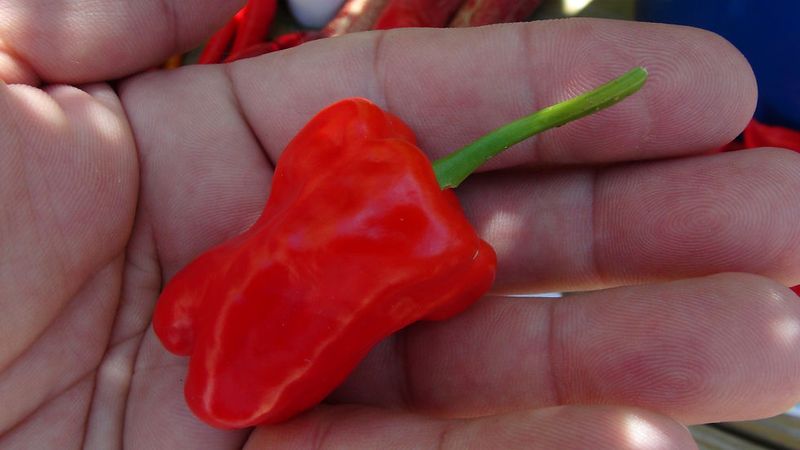
With a name that means “chicken heart” in Pennsylvania Dutch, this fiery little pepper packed a serious punch. It was once common in Amish pickle barrels and stews.
Small, wrinkled, and often overlooked, it lost its place in favor of tamer, more marketable peppers. But for those who knew it, it was unforgettable.
8. Amish Pie Squash

Huge, tan, and sweet enough for the best pie you’ve ever had, this squash was treasured by Amish bakers. Its size made it ideal for feeding large families.
It disappeared from most shelves due to its awkward shape and long growing season. But those who’ve tasted it know it’s worth the wait.
9. New England Sugar Pie Pumpkin
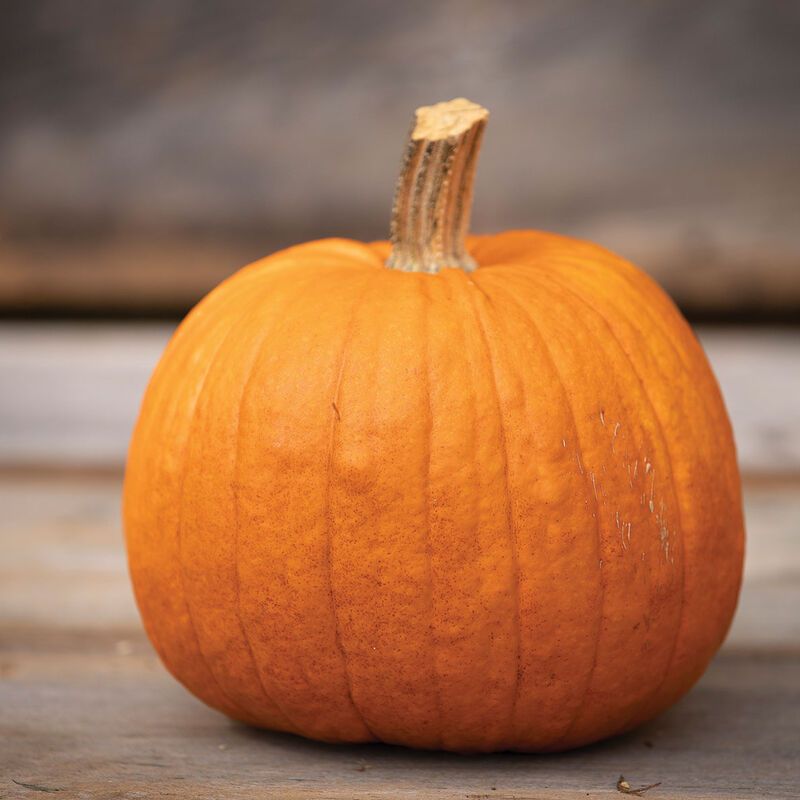
Smaller and denser than your Halloween jack-o’-lantern, this pumpkin was built for baking, not carving. The flesh was sweet, rich, and perfect for creamy pies.
As canned puree took over and decorative pumpkins dominated the patch, this gem faded. But it still has fans among traditional New England bakers.
10. Blue Hubbard Squash
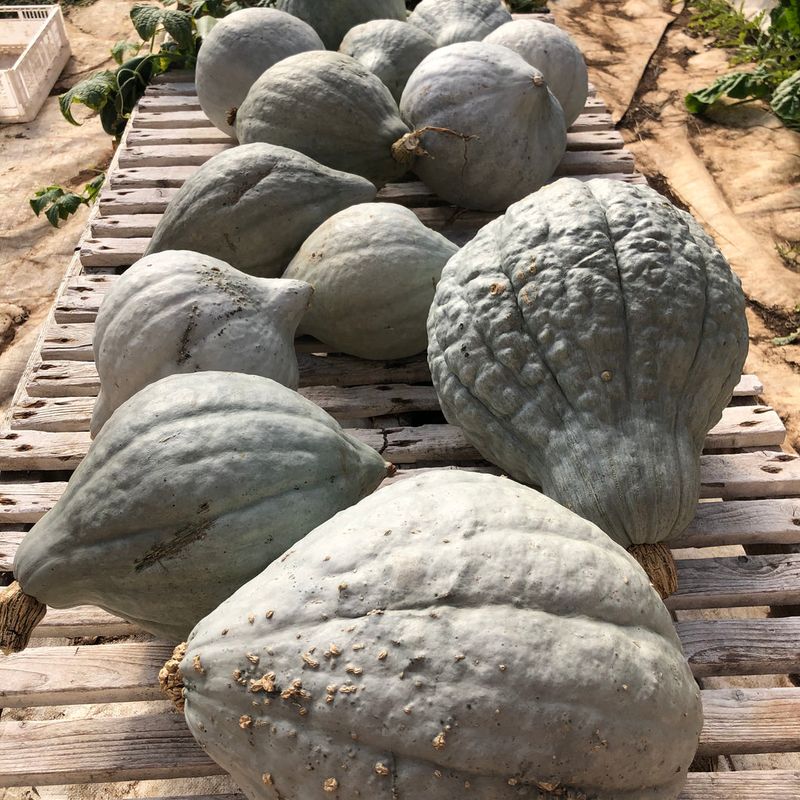
Big, bumpy, and slate-blue, this squash looked like it came from another planet. It was once a cold-weather staple, stored for months in root cellars.
Its thick skin made it hard to cut—and harder to sell. But the flavor? Buttery, smooth, and deeply satisfying.
11. Red Fig Tomato

Shaped like tiny figs and bursting with sweet-tart juice, these tomatoes were once candied, pickled, or eaten straight off the vine. Kids loved them for snacking.
Now pushed out by cherry tomatoes with longer shelf lives, this one is a rare find. But in old gardens, it still thrives.
12. Moon And Stars Watermelon
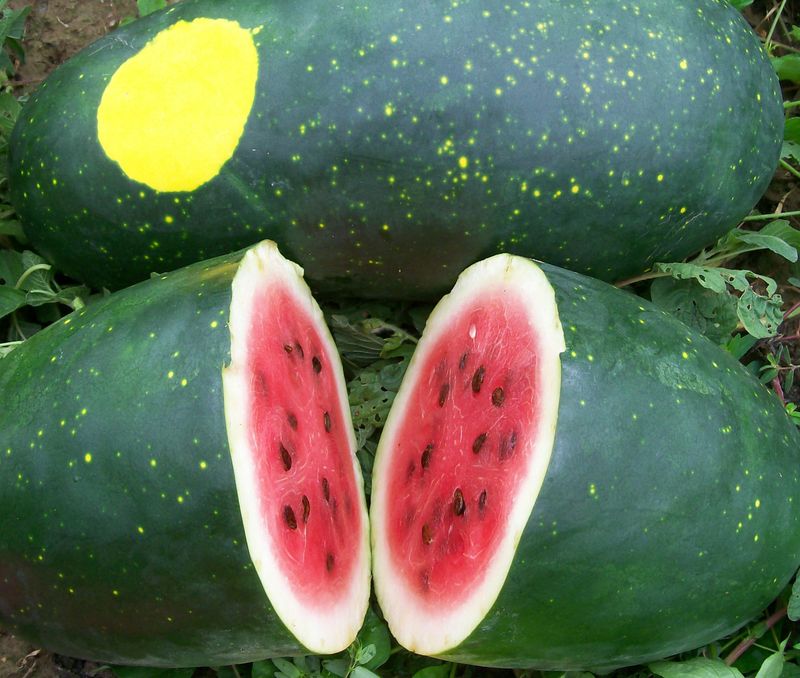
Dark green with bright yellow spots, this melon looked like a galaxy in your arms. Inside: deep red flesh, full of seeds and flavor.
It almost went extinct until seed savers brought it back. Still, you won’t see it stacked in supermarket bins.
13. Cow Horn Okra
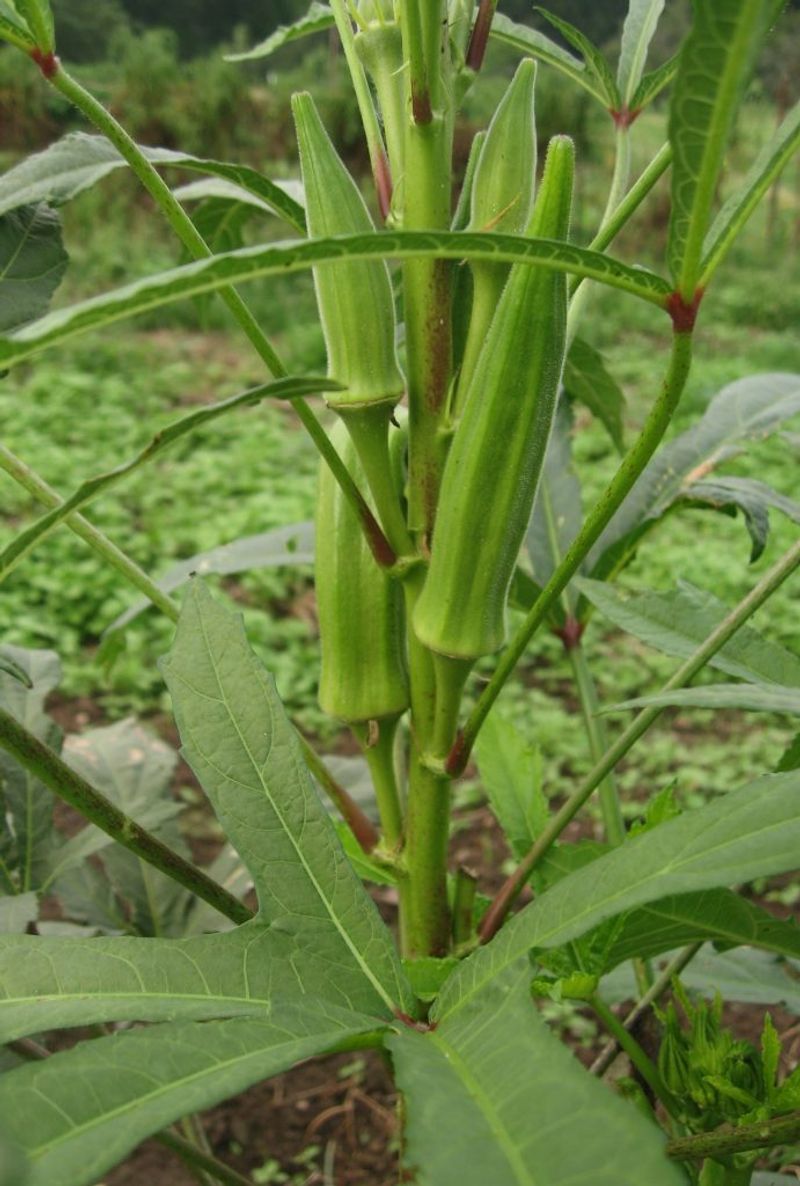
Long and curved like its namesake, this okra could grow nearly a foot long without turning woody. It was beloved in southern kitchens for frying and gumbo.
Modern okra varieties are shorter and “prettier,” but they lack the same character. Cow Horn was a kitchen workhorse.
14. Early Jersey Wakefield Cabbage
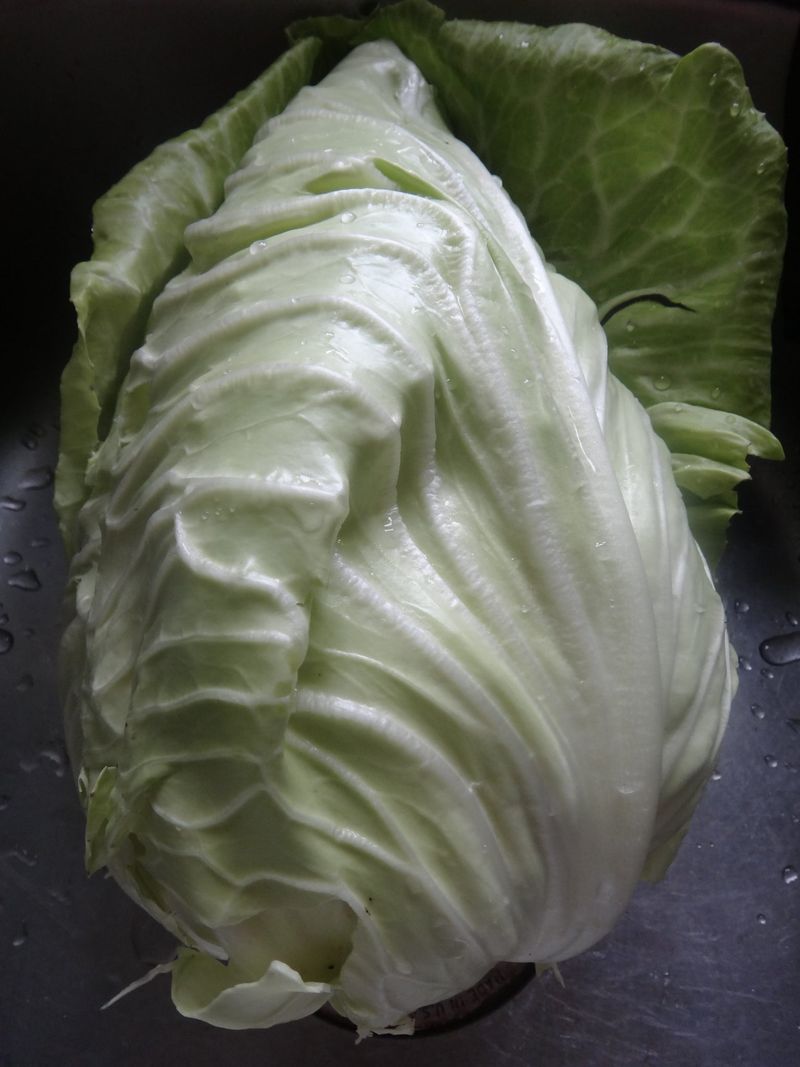
Pointed like a teardrop, this cabbage had tight leaves and a sweet crunch. Gardeners prized it for maturing fast and resisting pests.
Once common in Victory Gardens, it lost ground to rounder, denser varieties that looked better in a crate. But old-timers still ask for it by name.
15. Green Nutmeg Melon
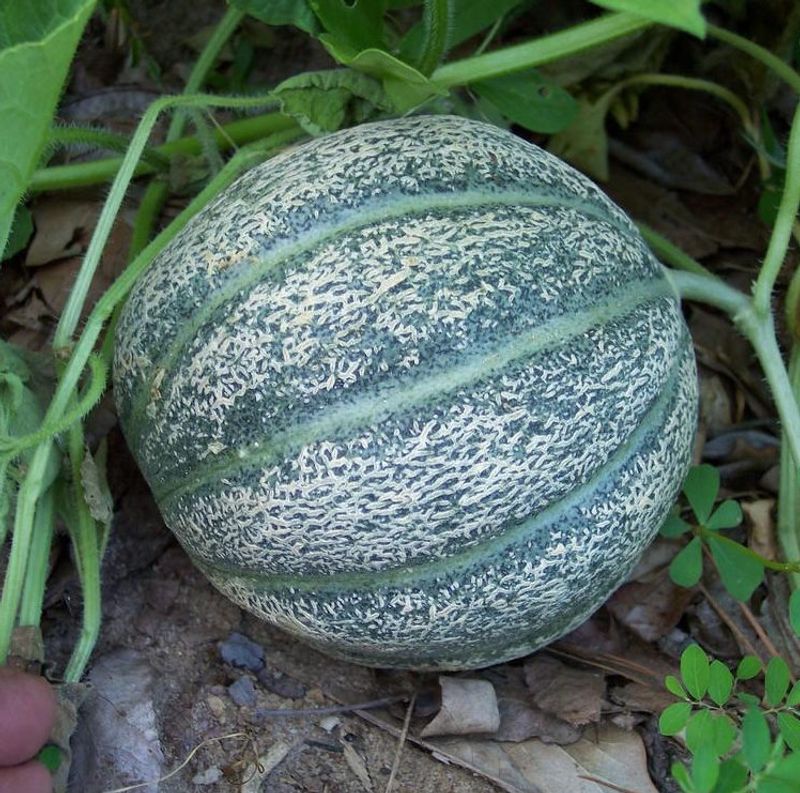
Smaller than today’s cantaloupes, this melon had rough skin and intensely perfumed, pale green flesh. It was a favorite in early American seed catalogs.
Too delicate to ship and too fragrant to forget, it slowly vanished from markets. Still, its flavor lingers in heirloom circles.
16. Mortgage Lifter Tomato
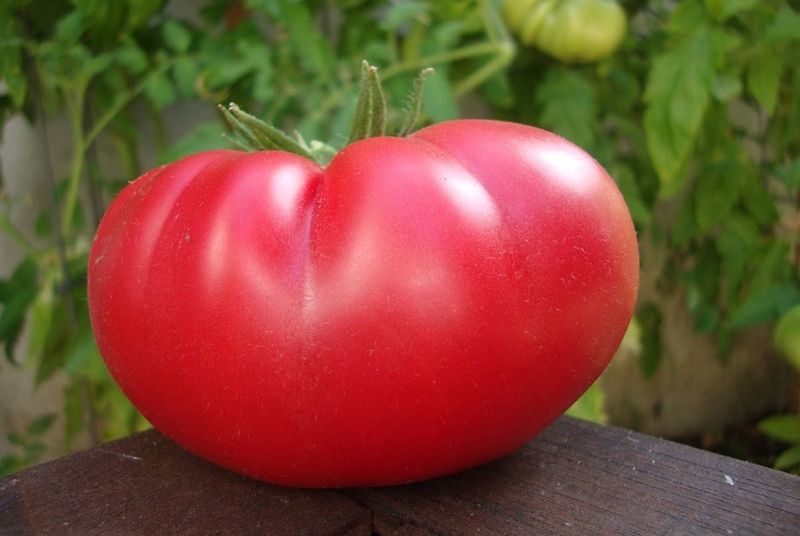
Created during the Great Depression by a man who sold enough plants to pay off his home, this pink beefsteak became legendary. It’s huge, sweet, and still unmatched in flavor.
Even though it’s gained some popularity again, it’s mostly kept alive by backyard growers. You won’t find it at the grocery store, but it’s a prize in heirloom gardens.
17. Rattlesnake Pole Bean
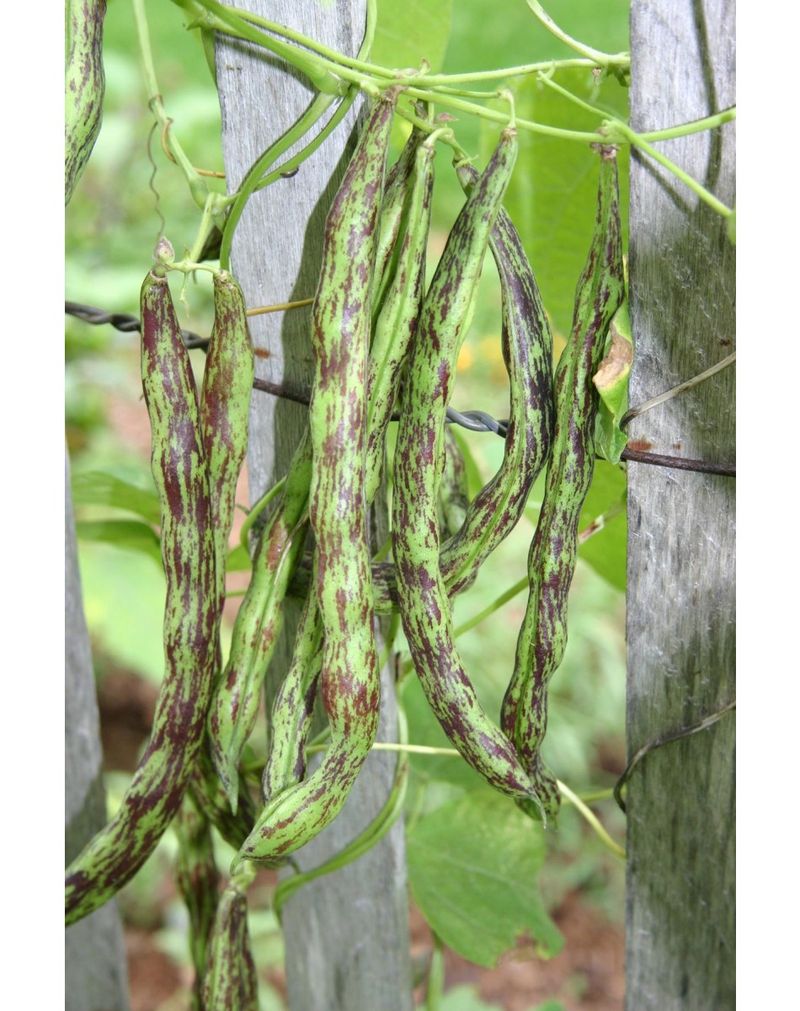
Green pods streaked with purple, these beans were full of flavor and climbed like crazy in the summer heat. Named for their markings, not their bite.
They take more work to grow—but they’re worth it. Crisp when young, hearty when mature, and gone from most shelves.
18. Tennessee Sweet Potato Pumpkin
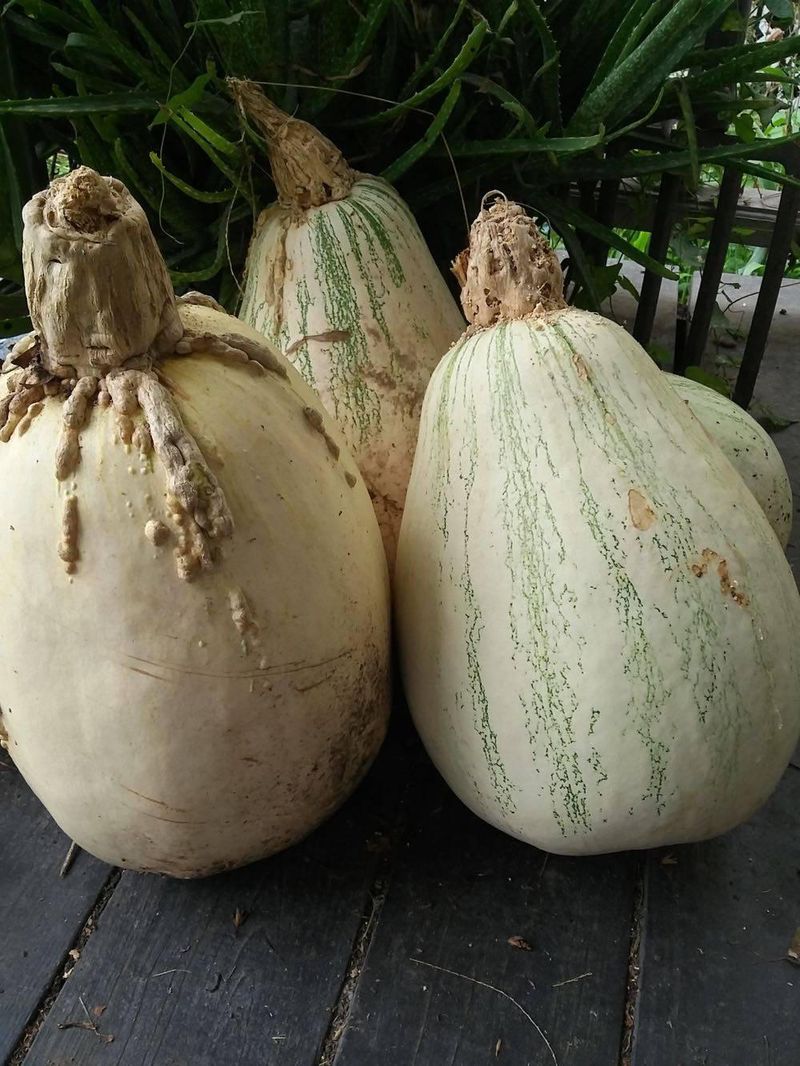
A pumpkin that tastes like sweet potato, with soft orange flesh and a sugar-rich flavor. It was perfect for pies and puddings.
Not flashy, not easy to market, and slowly pushed out by more “perfect” shapes. But this old pumpkin had flavor for days.

